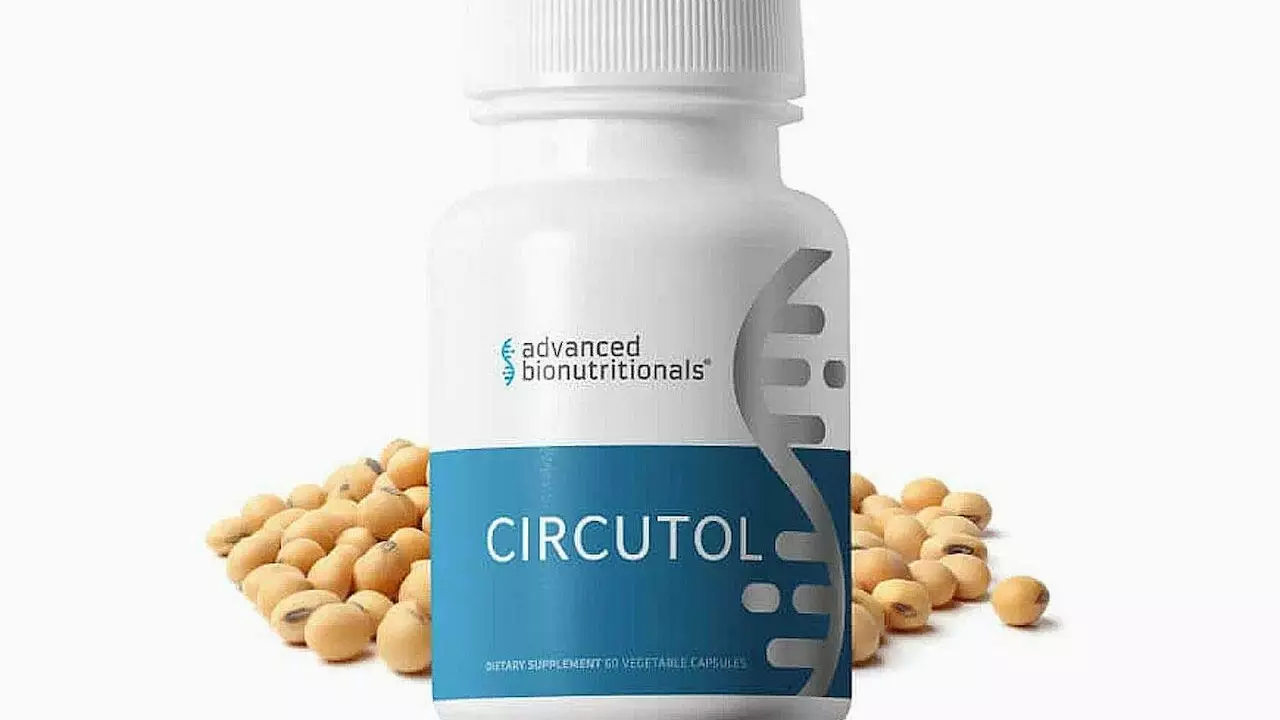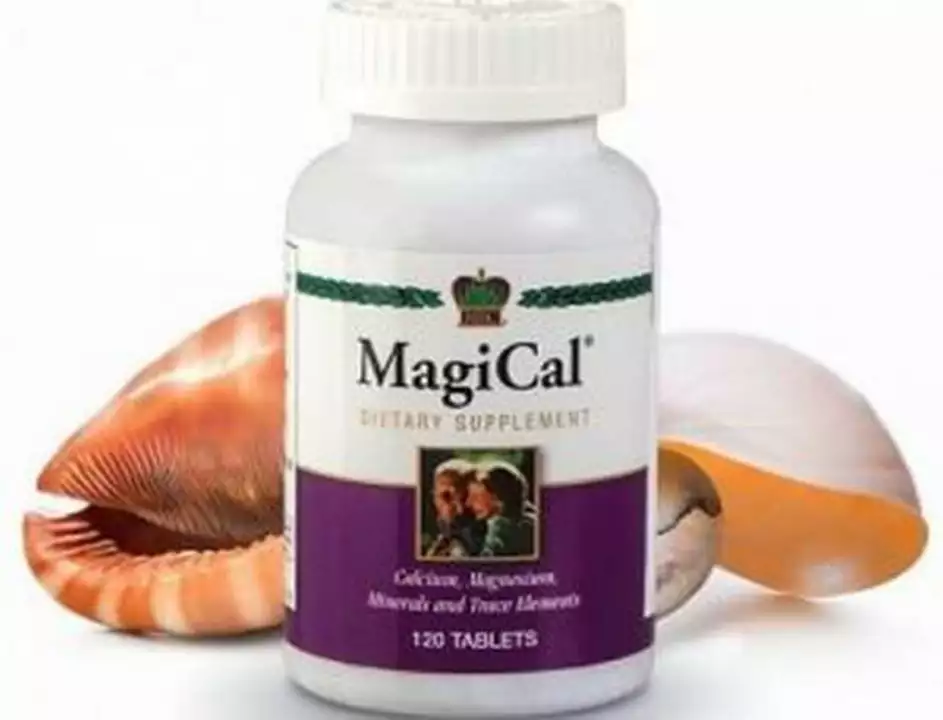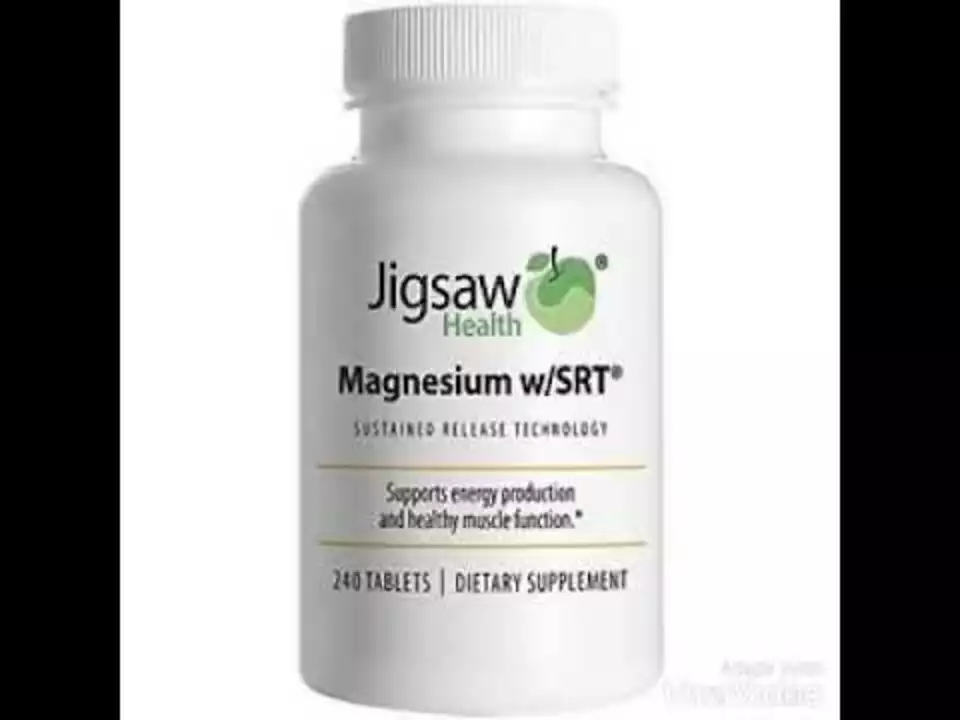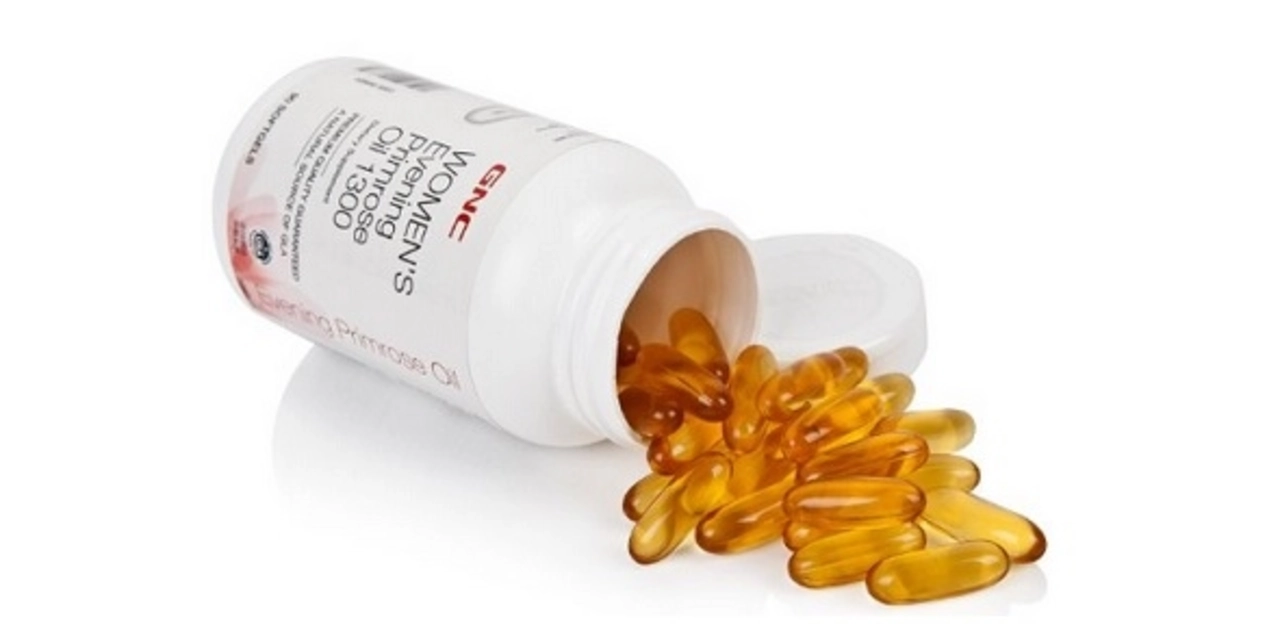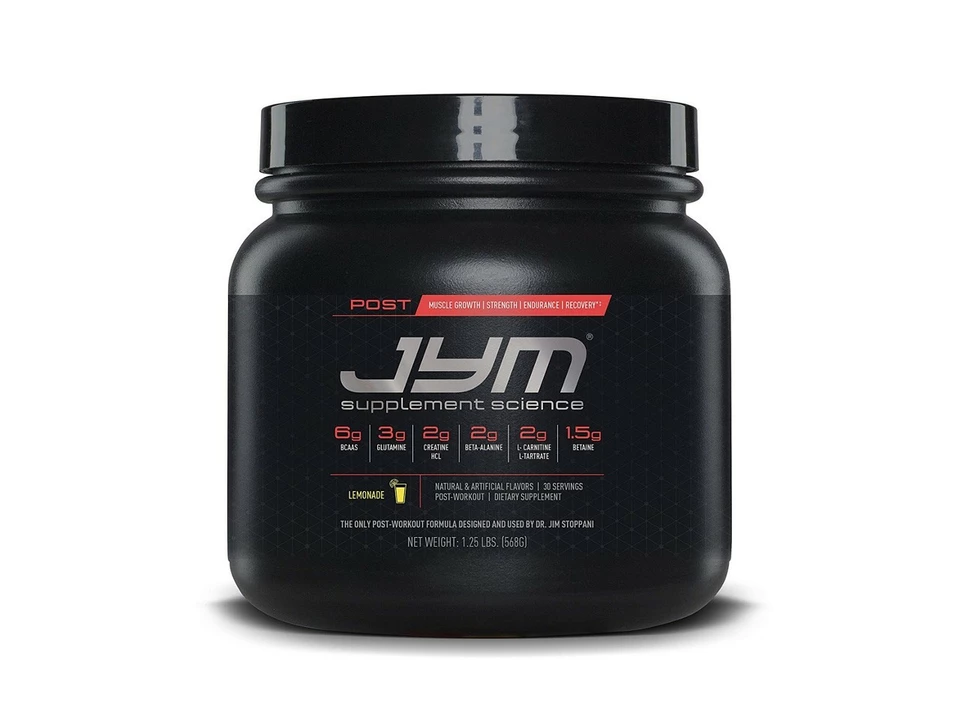Dietary Supplement Guide: Safe Choices, What Works, and What to Avoid
Thinking about taking a supplement? Good—just don’t guess. This page gives quick, useful steps to pick safe supplements, avoid bad interactions, and get results without wasting money. You’ll also find links to our in-depth articles on meds, alternatives, and product safety.
Quick safety checklist
Before you click “buy,” run this short checklist: 1) Ask why you need it—are you fixing a diagnosed deficiency or following a trend? 2) Check the label for ingredients, dose, and serving size. 3) Look for third‑party testing seals like USP, NSF, or ConsumerLab. 4) Read warnings about pregnancy, children, or chronic disease. 5) Ask your doctor or pharmacist if you take prescription meds—some supplements change how drugs work.
Example: St. John’s wort can make birth control and many antidepressants less effective. High‑dose vitamin E or K can interfere with blood thinners. Those are clear, real risks—not vague possibilities.
How to choose the right supplement
Start with testing or a clear reason. Low vitamin D? Get a blood test and follow a doctor’s dose. Want heart health? Fish oil helps with high triglycerides at clinical doses, but not every bottle on the shelf will do the job. Look at the form: vitamin D3, methylfolate instead of folic acid if you have MTHFR issues, or enteric‑coated fish oil if you get fishy burps.
Price isn’t proof of quality. Instead, check for: batch testing info on the brand’s site, a return policy, and transparent ingredient sourcing. Avoid proprietary blends that hide ingredient amounts. If the label lists a long list of herbs and promises big results fast, be suspicious.
Timing and dose matter. Some vitamins absorb better with food (fat‑soluble ones like A, D, E, K). Iron is best taken on an empty stomach but with vitamin C to boost absorption. Don’t take multiple multivitamins or several single‑nutrient pills that together push you above upper limits—more isn’t always better.
Special groups need care. Pregnant people should stick to prenatal vitamins made for pregnancy. Older adults may need extra B12 or calcium but should check kidney function first. Kids need age‑appropriate products—never give adult doses to a child.
Want practical reading? On this site you’ll find related guides like how to spot legit online pharmacies, safe buying guides for specific meds, and alternatives to common prescriptions. Use those articles if you’re also ordering supplements or medications online.
Final practical tip: try one change at a time. Start a supplement for 6–12 weeks, track how you feel, and revisit blood tests if appropriate. If you get new symptoms after starting a product, stop and talk to a clinician. With the right checks, supplements can help—but they work best when used wisely and safely.



